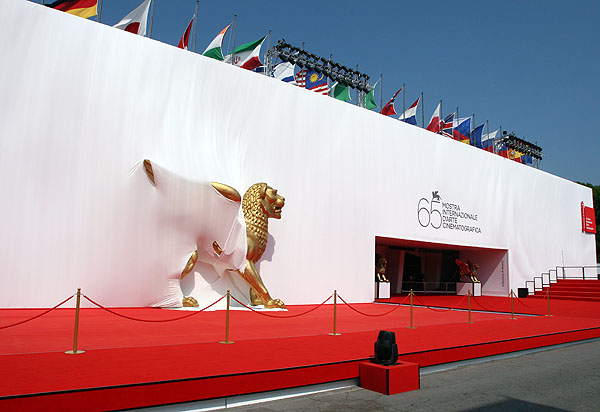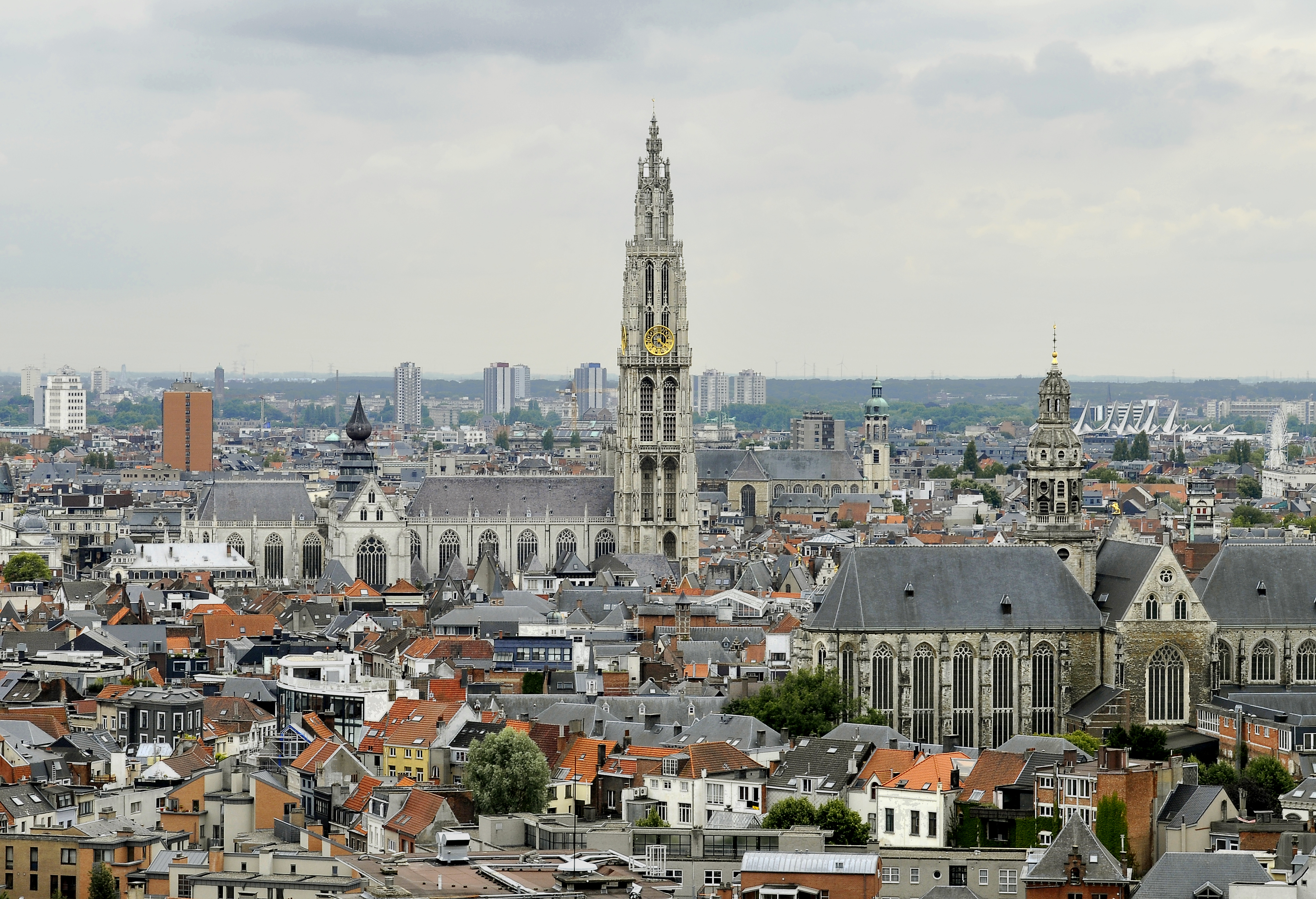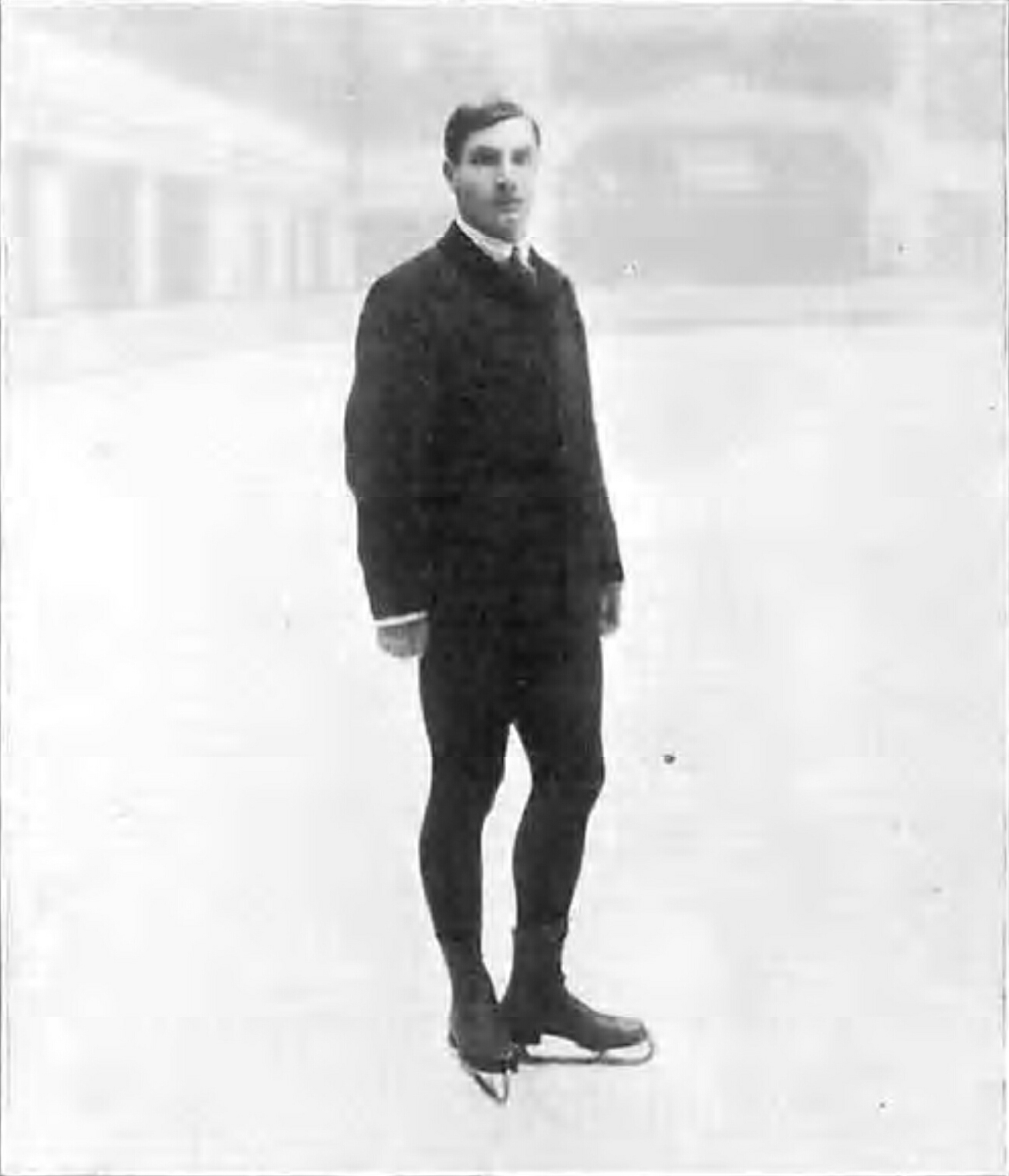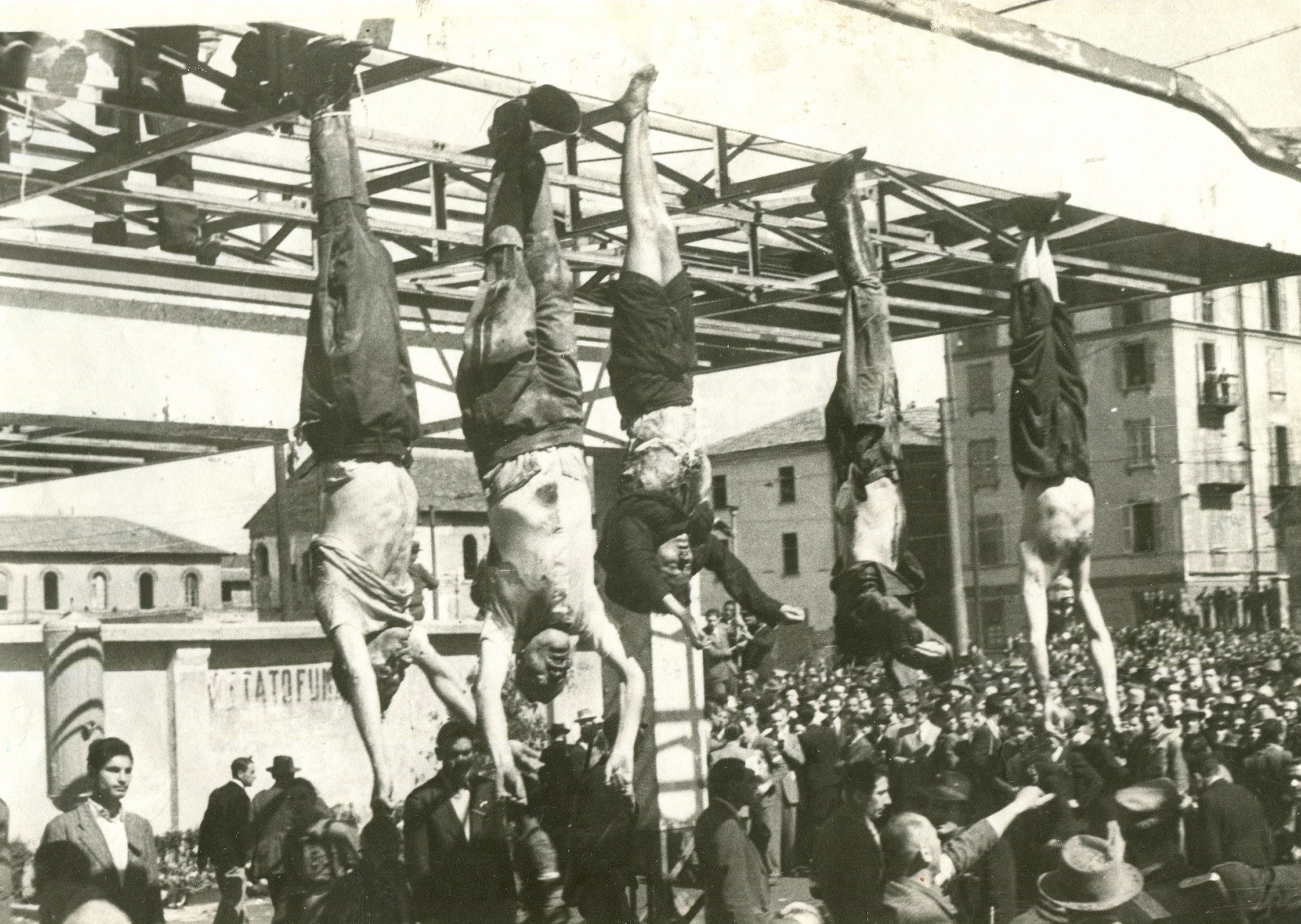|
Giacomo Benevelli
Giacomo Benevelli (1925 in Reggio Emilia, North of Italy – July 13, 2011 in Pavia, Italy) was an Italian and French sculptor. He was brought up in France. He lived and studied in Nice, Paris, Rome, Aix-en-Provence, Munich. He mainly lived and worked for over forty years in Milan. Biography He was the nephew of Anselmo Govi, a painter from Reggio Emilia, who painted the fresco of the dome of the Ariosto Theatre. Benevelli was a member of the Tiberina Academy, an ancient and prestigious institution founded in 1813 with the aim to promote Italian arts and letters; Antonio Canova and Marino Marini belonged to the same institution. Benevelli was awarded the Gold Medal of Merit in the Fine Arts by the Italian Government Presidency for his contributions to the arts. Since 1957 Benevelli exhibited in Italy and worldwide. His first US exhibition was in 1963 at the Felix Landau Gallery in Los Angeles. In 1964 he was invited to the 42nd Venice International Art Biennale with a group o ... [...More Info...] [...Related Items...] OR: [Wikipedia] [Google] [Baidu] |
Reggio Emilia
Reggio nell'Emilia ( egl, Rèz; la, Regium Lepidi), usually referred to as Reggio Emilia, or simply Reggio by its inhabitants, and known until 1861 as Reggio di Lombardia, is a city in northern Italy, in the Emilia-Romagna region. It has about 171,944 inhabitants and is the main ''comune'' (municipality) of the Province of Reggio Emilia. The inhabitants of Reggio nell'Emilia are called ''Reggiani'', while the inhabitants of Reggio di Calabria, in the southwest of the country, are called ''Reggini''. The old town has a hexagonal form, which derives from the ancient walls, and the main buildings are from the 16th–17th centuries. The commune's territory lies entirely on a plain, crossed by the Crostolo stream. History Ancient and early Middle Ages Reggio began as a historical site with the construction by Marcus Aemilius Lepidus of the Via Aemilia, leading from Piacenza to Rimini (187 BC). Reggio became a judicial administration centre, with a forum called at first ''R ... [...More Info...] [...Related Items...] OR: [Wikipedia] [Google] [Baidu] |
Venice Biennale
The Venice Biennale (; it, La Biennale di Venezia) is an international cultural exhibition hosted annually in Venice, Italy by the Biennale Foundation. The biennale has been organised every year since 1895, which makes it the oldest of its kind. The main exhibition held in Castello, in the halls of the Arsenale and Biennale Gardens, alternates between art and architecture (hence the name ''biennale''; ''biennial''). The other events hosted by the Foundationspanning theatre, music, and danceare held annually in various parts of Venice, whereas the Venice Film Festival takes place at the Lido. Organization Art Biennale The Art Biennale (La Biennale d'Arte di Venezia), is one of the largest and most important contemporary visual art exhibitions in the world. So-called because it is held biannually (in odd-numbered years), it is the original biennale on which others in the world have been modeled. The exhibition space spans over 7,000 square meters, and artists from ... [...More Info...] [...Related Items...] OR: [Wikipedia] [Google] [Baidu] |
The British Museum
The British Museum is a public museum dedicated to human history, art and culture located in the Bloomsbury area of London. Its permanent collection of eight million works is among the largest and most comprehensive in existence. It documents the story of human culture from its beginnings to the present.Among the national museums in London, sculpture and decorative and applied art are in the Victoria and Albert Museum; the British Museum houses earlier art, non-Western art, prints and drawings. The National Gallery holds the national collection of Western European art to about 1900, while art of the 20th century on is at Tate Modern. Tate Britain holds British Art from 1500 onwards. Books, manuscripts and many works on paper are in the British Library. There are significant overlaps between the coverage of the various collections. The British Museum was the first public national museum to cover all fields of knowledge. The museum was established in 1753, largely base ... [...More Info...] [...Related Items...] OR: [Wikipedia] [Google] [Baidu] |
Antwerp
Antwerp (; nl, Antwerpen ; french: Anvers ; es, Amberes) is the largest city in Belgium by area at and the capital of Antwerp Province in the Flemish Region. With a population of 520,504,Statistics Belgium; ''Loop van de bevolking per gemeente'' (Excel file) Population of all municipalities in Belgium, . Retrieved 1 November 2017. it is the most populous municipality in Belgium, and with a metropolitan population of around 1,200,000 people, it is the second-largest ... [...More Info...] [...Related Items...] OR: [Wikipedia] [Google] [Baidu] |
Royal Museum Of Fine Arts, Antwerp
The Royal Museum of Fine Arts Antwerp ( Dutch: ''Koninklijk Museum voor Schone Kunsten Antwerpen'', ''KMSKA'') is a museum in Antwerp, Belgium, founded in 1810, that houses a collection of paintings, sculptures and drawings from the fourteenth to the twentieth centuries. This collection is representative of the artistic production and the taste of art enthusiasts in Antwerp, Belgium and the Northern and Southern Netherlands since the 15th century. The neoclassical building housing the collection is one of the primary landmarks of the Zuid district of Antwerp. The majestic building was designed by Jean-Jacques Winders (1849–1936) and Frans Van Dijk (1853–1939), built beginning in 1884, opened in 1890, and completed in 1894. Sculpture on the building includes two bronze figures of Pheme with horse-drawn chariots by sculptor Thomas Vincotte, and seven rondel medallions of artists that include Boetius à Bolswert, Frans Floris, Jan van Eyck, Peter Paul Rubens, Quentin ... [...More Info...] [...Related Items...] OR: [Wikipedia] [Google] [Baidu] |
Palazzina Di Stupinigi
The Palazzina di caccia of Stupinigi (Italian: "The hunting residence of Stupinigi") is one of the Residences of the Royal House of Savoy in northern Italy, part of the UNESCO World Heritage Sites list. Built as a royal hunting lodge in the early 18th century, it is located in Stupinigi, a suburb of the town of Nichelino, southwest of Turin. History The original castle was owned by the Acaja line of the House of Savoy, Lords of Piedmont until 1418, and was sold to marquis Rolando Pallavicino in 1493. It was then acquired by Emmanuel Philibert in 1563, when the ducal capital was moved from Chambéry to Turin. The new palace was designed by the architect Filippo Juvarra to be used as a ''palazzina di caccia'' ("hunting lodge") for Victor Amadeus II, King of Sardinia. Works started in 1729. Within two years construction was far enough advanced for the first formal hunt to take place. Juvarra called upon a team of decorators, many of them from Venice, to carry out the decor ... [...More Info...] [...Related Items...] OR: [Wikipedia] [Google] [Baidu] |
Torino
Turin ( , Piedmontese: ; it, Torino ) is a city and an important business and cultural centre in Northern Italy. It is the capital city of Piedmont and of the Metropolitan City of Turin, and was the first Italian capital from 1861 to 1865. The city is mainly on the western bank of the Po River, below its Susa Valley, and is surrounded by the western Alpine arch and Superga Hill. The population of the city proper is 847,287 (31 January 2022) while the population of the urban area is estimated by Eurostat to be 1.7 million inhabitants. The Turin metropolitan area is estimated by the OECD to have a population of 2.2 million. The city used to be a major European political centre. From 1563, it was the capital of the Duchy of Savoy, then of the Kingdom of Sardinia ruled by the House of Savoy, and the first capital of the Kingdom of Italy from 1861 to 1865. Turin is sometimes called "the cradle of Italian liberty" for having been the political and intellectual centre of t ... [...More Info...] [...Related Items...] OR: [Wikipedia] [Google] [Baidu] |
Winter Olympic Games
The Winter Olympic Games (french: link=no, Jeux olympiques d'hiver) is a major international multi-sport event held once every four years for sports practiced on snow and ice. The first Winter Olympic Games, the 1924 Winter Olympics, were held in Chamonix, France. The modern Olympic Games were inspired by the ancient Olympic Games, which were held in Olympia, Greece, from the 8th century BC to the 4th century AD. Baron Pierre de Coubertin founded the International Olympic Committee (IOC) in 1894, leading to the first modern Summer Olympic Games in Athens, Greece in 1896. The IOC is the governing body of the Olympic Movement, with the Olympic Charter defining its structure and authority. The original five Winter Olympic Sports (consisting of nine disciplines) were bobsleigh, curling, ice hockey, Nordic skiing (consisting of the disciplines military patrol, cross-country skiing, Nordic combined, and ski jumping), and skating (consisting of the disciplines figure skat ... [...More Info...] [...Related Items...] OR: [Wikipedia] [Google] [Baidu] |
Mantua
Mantua ( ; it, Mantova ; Lombard language, Lombard and la, Mantua) is a city and ''comune'' in Lombardy, Italy, and capital of the Province of Mantua, province of the same name. In 2016, Mantua was designated as the Italian Capital of Culture. In 2017, it was named as the European Capital of Gastronomy, included in the Eastern Lombardy District (together with the cities of Bergamo, Brescia, and Cremona). In 2008, Mantua's ''centro storico'' (old town) and Sabbioneta were declared by UNESCO to be a World Heritage Site. Mantua's historic power and influence under the Gonzaga family has made it one of the main artistic, culture, cultural, and especially musical hubs of Northern Italy and the country as a whole. Having one of the most splendid courts of Europe of the fifteenth, sixteenth, and early seventeenth centuries. Mantua is noted for its significant role in the history of opera; the city is also known for its architectural treasures and artifacts, elegant palaces, and the m ... [...More Info...] [...Related Items...] OR: [Wikipedia] [Google] [Baidu] |
Piazzale Loreto
is a major city square in Milan, Italy. Origin The name ''Loreto'' is also used in a wider sense to refer to the district surrounding the square, which is part of the Zone 2 administrative division, in the northeastern part of the city. The name "Loreto" derives from an old sanctuary that used to be there and that was dedicated to Our Lady of Loreto (a town in the province of Ancona). Transportation The Milan metro Loreto station on line 1 is located partially underneath the square; it is an important transfer station with line 2. The tracks and platforms of this latter line are located, however, underneath nearby Piazza Argentina. History The square, on 10 August 1944, was the scene of the public execution by the German occupation authorities of 15 Milanese civilians handpicked by Theo Saevecke, head of the Gestapo in Milan, as a reprisal for a partisan attack on a German military convoy. The executed were left on display for a number of days. The event became known as t ... [...More Info...] [...Related Items...] OR: [Wikipedia] [Google] [Baidu] |
Salone Del Mobile
The Milan Furniture Fair ( it, Salone Internazionale del Mobile di Milano) is a furniture fair held annually in Milan. It is the largest trade fair of its kind in the world. The exhibition showcases the latest in furniture and design from countries around the world. It is considered a leading venue for the display of new products by designers of furniture, lighting and other home furnishings. The show, also known as "Salone", "Milano Salone" and "Milan Design Week", is held every year, usually in April, in the FieraMilano complex in the Milan metropolitan area town of Rho. Besides the Salone, in April every odd year Euroluce exhibition takes place and every even year EuroCucina and the International Bathroom Exhibition are held along the Milan Furniture Fair. History The Salone Internazionale del Mobile di Milano was launched in 1961, with the original focus being Italian furniture. The original sponsors were furniture manufacturers from the Federelegno-Arredo trade associat ... [...More Info...] [...Related Items...] OR: [Wikipedia] [Google] [Baidu] |
Imm Cologne
The imm Cologne (internationale möbelmesse) is an international, publicly open furniture trade show held at '' Koelnmesse'' exhibition centre in Cologne, Germany, every year in January. The exhibition's primary focus is contemporary furniture and interior design, but it also showcases innovative materials and fabrics and the latest architectural lighting design technology. Along the Salone del Mobile in Milan, the imm Cologne is regarded as a leading market place for related industries, i.e. furniture designers, furniture companies, furniture retailers, architects and interior designer Interior design is the art and science of enhancing the interior of a building to achieve a healthier and more aesthetically pleasing environment for the people using the space. An interior designer is someone who plans, researches, coordina ...s. The 2018 show had some 1,250 exhibitors and attracted over 125,000 visitors. The first four days are reserved for professional visitors only ... [...More Info...] [...Related Items...] OR: [Wikipedia] [Google] [Baidu] |









